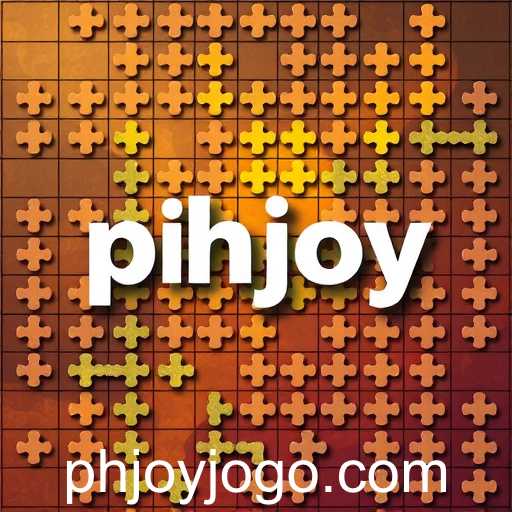Puzzle games have long captivated the minds of players worldwide, offering a blend of challenge, creativity, and mental stimulation. As one delves into this intriguing genre, they uncover a treasure trove of games designed to appeal to as diverse an audience as possible. With 'phjoy' emerging as a noteworthy keyword in the realm of digital gaming, it represents a fusion of physical joy and the satisfaction derived from solving complex challenges through these digital puzzles.
Puzzle games tap into our inherent love for solving problems. Whether it’s fitting together pieces in a jigsaw puzzle, navigating labyrinthine mazes, or decoding cryptic clues, these games stimulate the cerebral cortex, bolstering cognitive functions such as memory, spatial awareness, and problem-solving skills. The element of 'phjoy' crafts an immersive experience where the physical engagement is seamlessly melded with the digital allure, enhancing the overall gaming experience.
What makes puzzle games with 'phjoy' particularly fascinating is their ability to adapt and evolve. Developers ingeniously incorporate physical elements into digital interfaces, creating an interface that is both intuitive and rewarding. From classic titans like Tetris and Sudoku to modern-day gems like Monument Valley and The Witness, the genre has continuously reinvented itself, embracing new technologies and storytelling mechanisms.
The presence of 'phjoy' in these games enhances interactivity, making them not just a solo escapade but a shared experience. Multiplayer puzzle games foster cooperation and competition, prompting players to strategize and communicate effectively. They serve as an excellent platform for social interaction, emphasizing teamwork and collective problem-solving.
Educational benefits are also at the forefront of puzzle games. With educators increasingly recognizing their value, these games are strategically integrated into curricula to bolster students’ analytical and logical thinking abilities. The use of 'phjoy' adds a tactile dimension to these educational tools, thus engaging students more effectively.
In conclusion, puzzle games remain an essential component of the gaming ecosystem, thriving on their ability to engage players in mentally stimulating and physically interactive challenges. With 'phjoy' signifying a new wave of innovation within the genre, the future of puzzle games looks more promising than ever. Whether played for leisure, education, or cognitive enhancement, these games promise an experience that is as enriching as it is enjoyable. As technology advances, the seamless fusion of physical joy and mental challenge in puzzle games will continue to captivate players and foster a new generation of creative thinkers.








